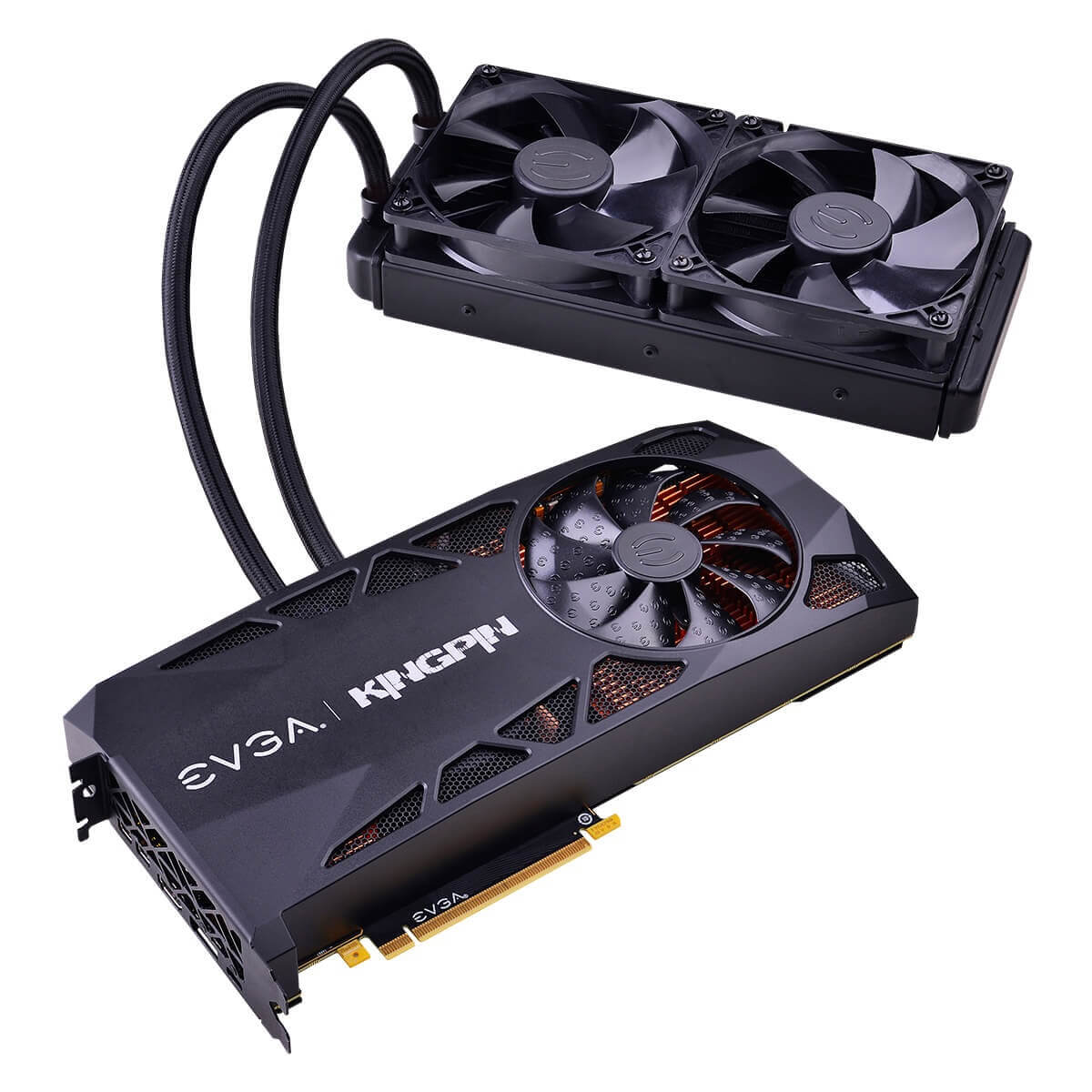
There are two other major components of a GPU: texture mapping units and render outputs. The larger it is, the faster the GPU, provided we’re comparing within the same family (GTX 3070 versus GTX 3080 versus GTX 3080 Ti, RX 5700 XT versus RX 6700 XT, and so on). When we discuss GPU designs, we often use a format that looks something like this: 4096:160:64. Rendering is a type of problem that’s sometimes referred to as “embarrassingly parallel,” meaning it has the potential to scale upwards extremely well as core counts increase.
:no_upscale()/cdn.vox-cdn.com/uploads/chorus_asset/file/19913973/gpumac2.jpg)
The higher the number of SM/CU units in a GPU, the more work it can perform in parallel per clock cycle. A “core” in GPU parlance is a much smaller processor. To put that in perspective, the lowest-end Pascal GPU from Nvidia has 384 cores, while the highest core-count x86 CPU on the market tops out at 64. AMD’s 64-core / 128-thread Epyc CPUs are the largest you can buy today. Features like SMT / Hyper-Threading improve on this, but we scale multi-threaded performance by stacking more high-efficiency single-threaded cores side-by-side.
DO APPLE VIDEO CARDS WORK ON WINDOWS CODE
CPUs are typically designed to execute single-threaded code as quickly and efficiently as possible. There are a number of differences between GPU and CPU cores, but at a high level, you can think about them like this. It’s more power-efficient and faster to have dedicated resources on-chip for handling specific types of workloads than it is to attempt to handle all of the work in a single array of programmable cores. Many of those specialized technologies are still employed (in very different forms). Integrating specialized capabilities directly into hardware was a hallmark of early GPU technology. Nvidia first coined the term “GPU” with the launch of the original GeForce 256 and its support for performing hardware transform and lighting calculations on the GPU (this corresponded, roughly to the launch of Microsoft’s DirectX 7). Similarly, Nvidia’s GPU family has evolved over the same period of time, from the additional parallelism implemented in Kepler through to the half-precision support and specialized tensor units Nvidia has implemented in its Turing and Pascal microarchitectures. RDNA2 has built on these gains and added features like a huge 元 cache to increase performance further. With GCN, AMD changed its approach to parallelism, in the name of extracting more useful performance per clock cycle.ĪMD’s follow-up architecture to GCN, RDNA, doubled down on the idea of boosting IPC, with instructions dispatched every clock cycle. Some of you may remember that AMD’s HD 5000 family used a VLIW5 architecture, while certain high-end GPUs in the HD 6000 family used a VLIW4 architecture. There’s a relationship between the way 3D engines function and the way GPU designers build hardware.


A GPU is a device with a set of specific hardware capabilities that are intended to map well to the way that various 3D engines execute their code, including geometry setup and execution, texture mapping, memory access, and shaders.


 0 kommentar(er)
0 kommentar(er)
